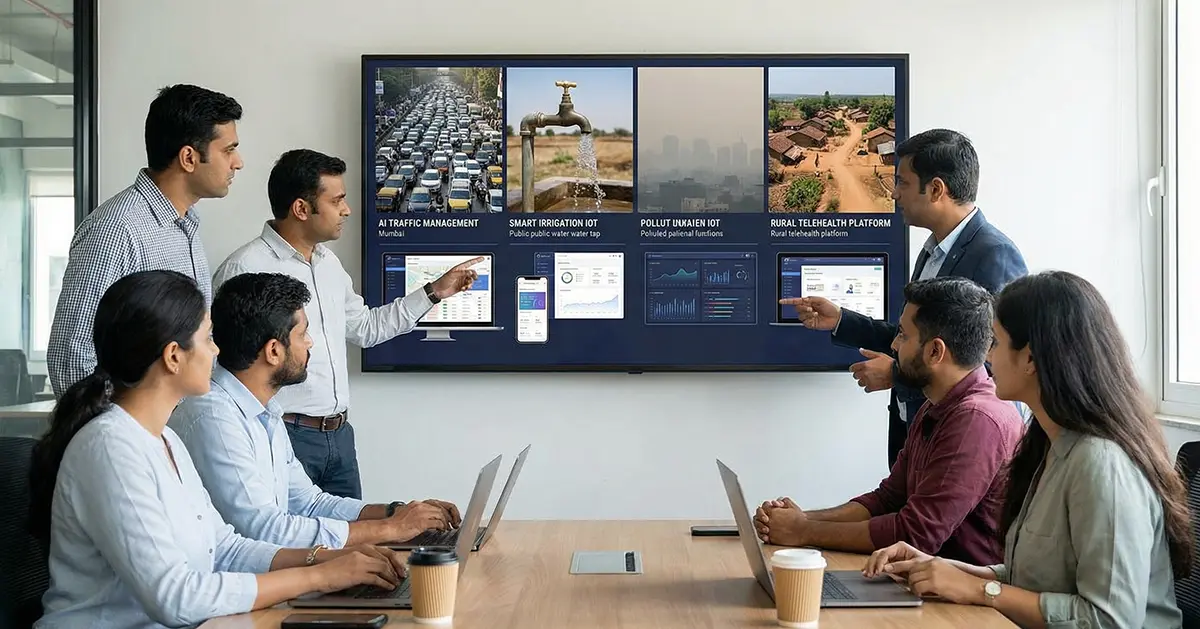
Introduction
Divorce is never an easy decision, but when both partners agree to separate amicably, mutual divorce is the simplest and fastest route. It allows couples to dissolve their marriage with minimal conflict, provided they fulfill legal requirements and follow the correct procedure. Understanding the mutual divorce procedure is crucial to ensure a smooth legal process and avoid unnecessary delays. By following the proper steps, both parties can achieve a fair resolution while minimizing emotional distress, financial burdens, and prolonged legal battles, making the transition easier for everyone involved. Seeking legal guidance can further streamline the process effectively.
In this blog, we will walk you through everything you need to know about the mutual divorce procedure in India, from eligibility criteria to required documents and potential challenges.
Also Read: Marriage Certificate Tamil Nadu A Guide
What is Mutual Divorce?
Mutual divorce is a legal process where both spouses agree to dissolve their marriage amicably, without contesting the terms of separation. It is governed under Section 13B of the Hindu Marriage Act, 1955, for Hindus, and under the Special Marriage Act, 1954, for interfaith marriages. Mutual divorce procedure is based on mutual consent, meaning both partners willingly agree to separate and settle matters like alimony, child custody, and asset division.
What is the Eligibility Criteria for Filing Mutual Divorce
To file for mutual divorce procedure in India, the following conditions must be met:
- The couple must have been married for at least one year before filing for divorce.
- The couple must be living separately for at least one year before applying for divorce.
- Both spouses must willingly agree to end the marriage.
- The couple should have made genuine efforts to reconcile but failed to do so.
- Issues related to alimony, child custody, property division, and financial settlements should be mutually decided.
Step-by-Step Process for Filing Mutual Divorce in India
The mutual divorce procedure involves multiple legal steps. Here’s a step-by-step guide to help you navigate the process smoothly:
Step 1: Filing the Divorce Petition
- Both spouses must jointly file a divorce petition format in the family court, stating their reasons for seeking divorce.
- The divorce petition format should include details about marriage duration, separation period, and mutual consent.
Step 2: First Motion Hearing
- The family court schedules the first hearing to verify the petition and assess whether the couple has voluntarily agreed to separate.
- Both parties must be present before the judge.
Step 3: Cooling-Off Period
- A mandatory six-month waiting period is given to allow the couple to reconsider their decision.
- If reconciliation is not possible, the second motion is filed after six months.
Step 4: Second Motion and Final Hearing
- After the cooling-off period, the court conducts a second hearing.
- If both parties still wish to proceed with the divorce, the court grants the decree of divorce.
Step 5: Divorce Decree Issued
- Once the court is satisfied that all conditions have been met, it issues the final mutual divorce agreement, legally dissolving the marriage.
What are the Documents Required for the Mutual Divorce Procedure?
To ensure a smooth legal process, the following documents must be submitted:
- Marriage Certificate – Proof of marriage.
- Address Proof – Aadhar card, passport, voter ID, or utility bills.
- Proof of Separation – Statements or affidavits stating the period of separation.
- Mutual Divorce Agreement – A written agreement detailing divorce settlement terms like alimony, child custody, and property settlement.
- Income and Asset Statements – Documents showing financial status to support the divorce settlement terms.
- Photographs – Passport-sized photos of both spouses.
What is the Time Duration and Legal Considerations in Mutual Divorce Procedure?
The timeline for mutual divorce in India varies depending on factors like court backlog and cooperation between spouses. Generally, the process takes 6 months to 1 year.
Cooling-Off Period:
- The six-month waiting period after the first motion is mandatory, but in rare cases, courts may waive it.
Legal Consultation:
- Seeking advice from a family lawyer ensures the divorce petition format is correct and all legal requirements are met.
Child Custody & Alimony:
- The court will approve the mutual divorce agreement if it deems the divorce settlement terms fair and reasonable.
Common Challenges and How to Overcome Them
Even though the mutual divorce procedure is simpler than a contested divorce, couples may still face certain challenges:
- If disputes arise regarding divorce settlement terms, mediation can help.
- If one spouse withdraws consent, the process can be delayed or converted into a contested divorce.
- Incomplete paperwork or errors in the divorce petition format can cause delays.
- Courts may refuse to waive the cooling-off period, extending the timeline for mutual divorce.
Conclusion
The mutual divorce procedure provides a structured and legally recognized way for couples to separate amicably while minimizing conflict and emotional distress. Understanding the legal framework, including the correct divorce petition format, the role of the family court process, and the essential elements of a mutual divorce agreement, is crucial for ensuring a smooth transition. Proper documentation, legal consultation, and mutual consensus on critical matters such as divorce settlement terms, alimony, child custody, and property division play a significant role in avoiding disputes and delays. Additionally, adhering to the timeline for mutual divorce set by the court helps expedite the process, ensuring that both parties can move forward with clarity and peace of mind.
Navigating the mutual divorce procedure can be overwhelming, especially when dealing with legal paperwork and court proceedings. Seeking professional guidance can make the process more efficient and stress-free. Ready to get started? Let RegisterKaro assist you in handling the complexities of your divorce proceedings, from drafting the correct divorce petition format to ensuring compliance with all legal formalities. With our expert legal support, you can focus on moving forward while we take care of the legalities. Reach out to us and make your legal journey seamless. Contact our support team at [email protected] today.




